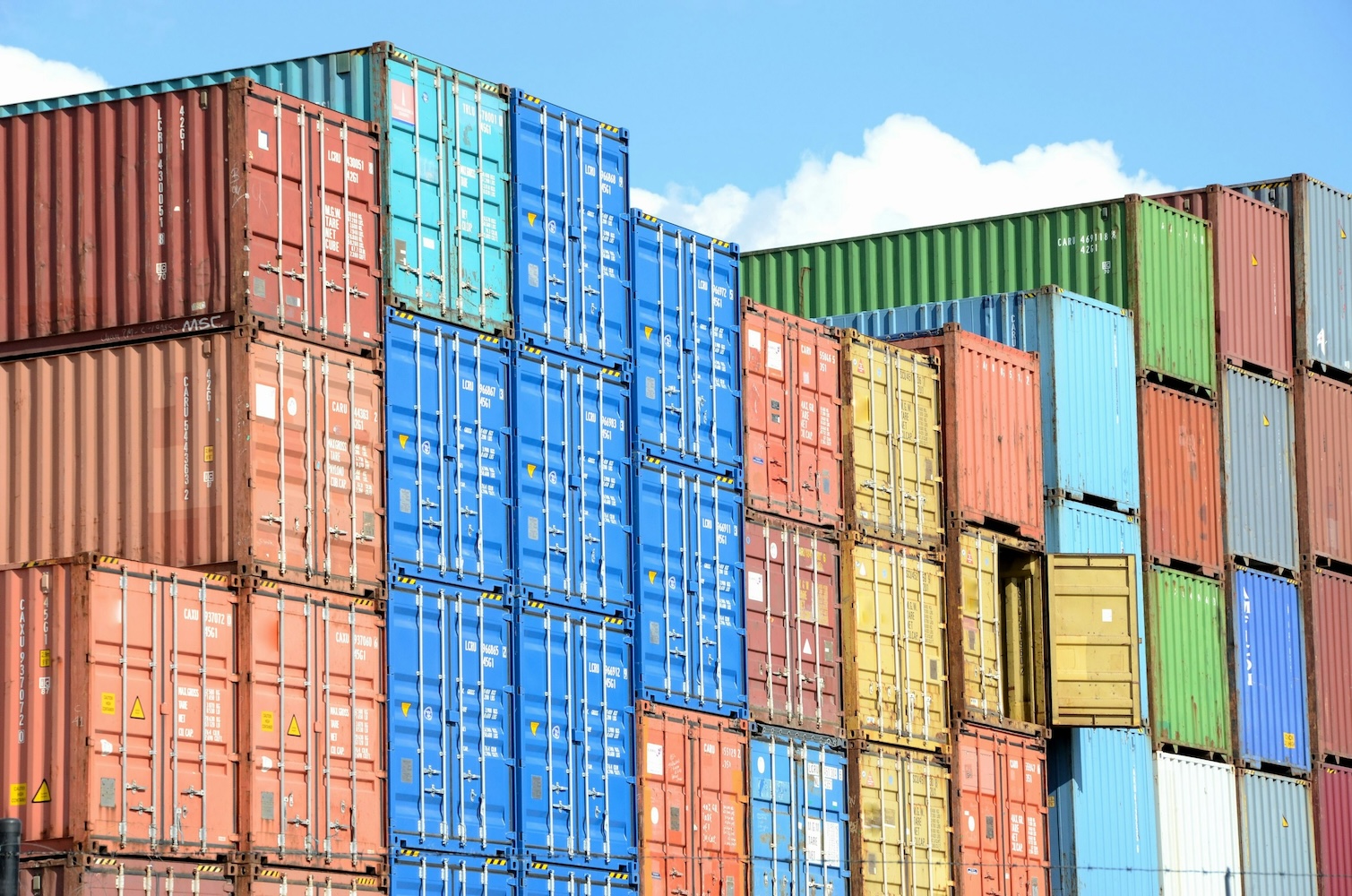Members of Congress from both parties and the Biden administration agree that international trade policy is an effective, if underutilized, tool to mitigate carbon emissions abroad and at home. Though not traditionally regarded as a lever for climate action, trade policy can be an important tool in advancing clean technologies and mitigating emissions given the global scale of the climate crisis and interconnectedness of the global economy.
One potential component of trade policy can be particularly impactful: a carbon border adjustment mechanism, or CBAM. A CBAM is essentially a tariff on foreign goods (such as steel or aluminum) that are made in countries with less stringent environmental regulations. By levying a tariff on these imported goods, the US can incentivize climate action globally while bolstering domestic manufacturing in critical, trade-exposed industries. This blog explores how a US CBAM can be designed to fuel growth in carbon dioxide removal (CDR), a nascent US industry critical to reaching our climate goals.
Carbon removal in a US CBAM
As mentioned above, a CBAM would require importers of carbon-intensive goods to pay a fee based on the carbon intensity of its purchases, relative to an industry baseline. In other words, manufacturers that emit more carbon than industry averages should be penalized, and the US government charging their customers a fee is one such penalty.
We propose that architects of a US CBAM integrate a provision that allows importers to direct a portion of these fees towards purchases of high-quality carbon removal, as determined by the Department of Energy (DOE) and discussed later in this blog. Such a provision would create a compliance market for imported goods and accelerate growth in the domestic carbon removal industry.
While voluntary corporate purchases have catalyzed CDR industry growth in recent years, they alone cannot provide the demand necessary to reach the scale we need to prevent the worst effects of climate change. Creating additional demand through a CBAM compliance pathway would expand the universe of corporate offtakers and move the US closer towards scaling domestic carbon removal consistent with meeting climate goals.
The primary lever of this policy is to encourage the use of cleaner industrial materials and incentivize manufacturers to lower their emissions to stay competitive. In most cases, we anticipate that it will make economic sense for importers to seek out and purchase low embodied-carbon goods covered by the CBAM, thereby avoiding a fee altogether. And because US manufacturers often produce cleaner materials than their foreign competitors, domestic industry and its workers stand to benefit.
However, in instances where companies must import carbon-intensive foreign goods, they can limit the climate impact of those purchasing decisions and voluntarily fulfill a portion of their compliance obligations by investing in carbon removal that meets federal quality standards. Alternatively, a small portion of revenue generated by the import fee could be allocated to DOE to scale up its existing CDR purchases and codify an enduring CDR procurement program. The bulk of CBAM fees would continue to be collected by the Treasury and ideally reinvested to decarbonize heavy industry in the US and, crucially, in developing countries. Understanding that developed countries currently have greater access to clean energy technologies to comply with climate-minded trade policies, policymakers must structure a CBAM policy to account for global climate and economic justice inequities.
How we will know what “high quality” is
DOE has a large role to play in determining what constitutes high-quality carbon removal, both for this potential compliance pathway and for the field at large. Establishing federal guidelines alleviates the burden on individual companies to identify high-quality carbon removal suppliers and ensures field-wide accountability around the monitoring, reporting, and verification of removed tons. DOE has been making progress on developing these guidelines to inform its CDR purchasing program and its proposed Voluntary Carbon Dioxide Removal Purchasing Challenge, which seeks to crowd in additional private sector buyers.
At Carbon180, we’ve been developing our own vision of what defines high-quality carbon removal. In our recently published report, The Procurement Toolbox, we explore how an expanded federal procurement program can help shape this nascent industry to maximize climate impact while prioritizing the needs of the communities in which carbon removal projects operate. With such standards in place, we can pursue demand-side policies that will scale in the industry in an effective, just way.
Boosting a new and critical sector of the US economy
Demand for carbon removal could exceed $1 trillion by 2050 but will require government support to reach its market potential. Carbon removal differs from other clean energy technologies in that it’s a public service rather than a traditional market good like a kilowatt hour of electricity or a ton of low-carbon steel. Policies such as federal procurement of carbon removal or related tax incentives are necessary to accelerate innovation, bend the cost curve of per-ton removal, and ultimately get carbon removal to the scale that climate science demands
A CBAM policy that incorporates a CDR compliance pathway, as outlined above, would have an immediate climate impact and help bolster the emerging CDR sector in the US, supporting high-quality jobs across the country, particularly in current or former fossil fuel communities where carbon removal technologies like direct air capture (DAC) could create myriad opportunities. A study by the Rhodium Group underscores the potential job creation and workforce development benefits in the DAC sector. Researchers found that the construction and engineering of a DAC plant creates 1,215 average annual jobs over the five-year time period it takes to build the facility and an additional 340 average annual jobs to operate the facility over its lifetime.
With the right incentives, the CDR sector can reach the scale necessary to benefit our climate while providing new economic opportunities across the country. Including a CDR compliance pathway in a US CBAM framework is one such potential incentive.
Edited by Emily Reich. Image by Paul Teysen.

